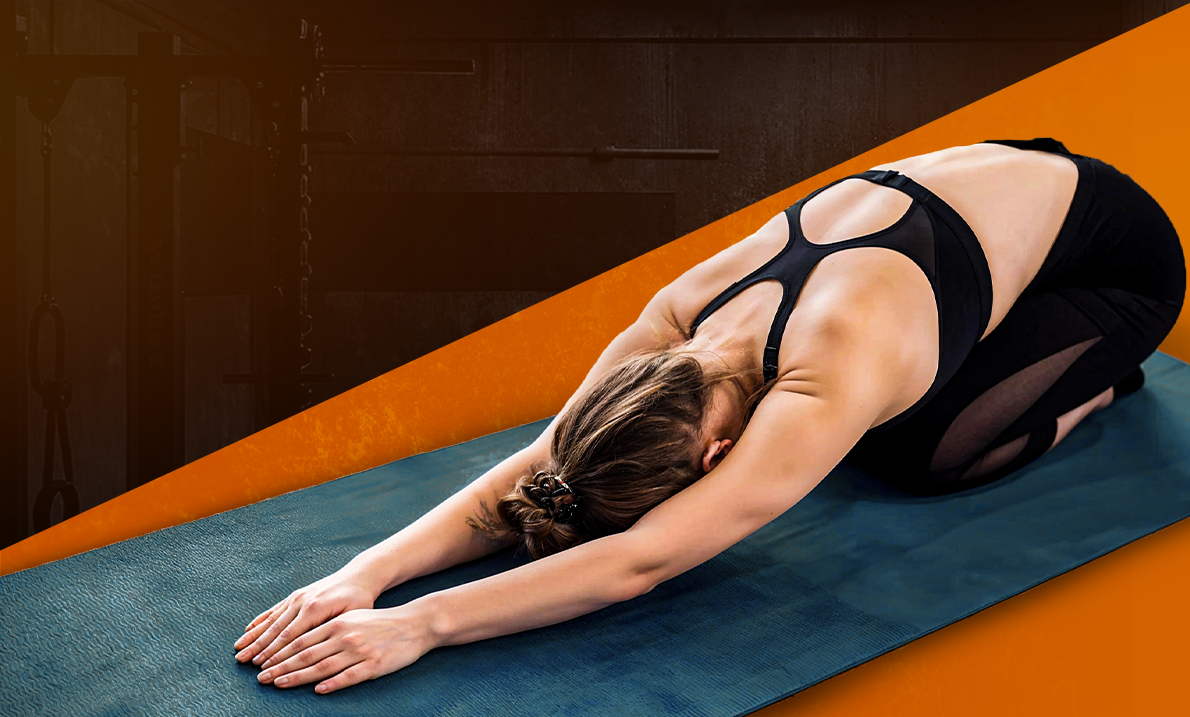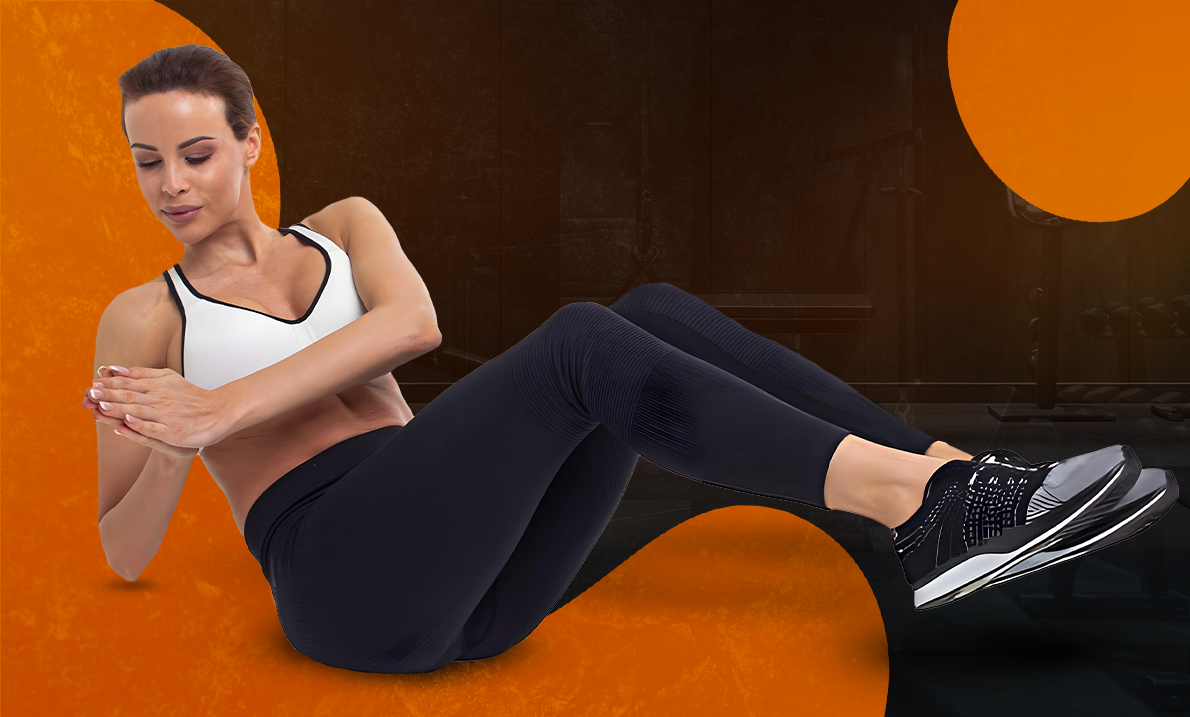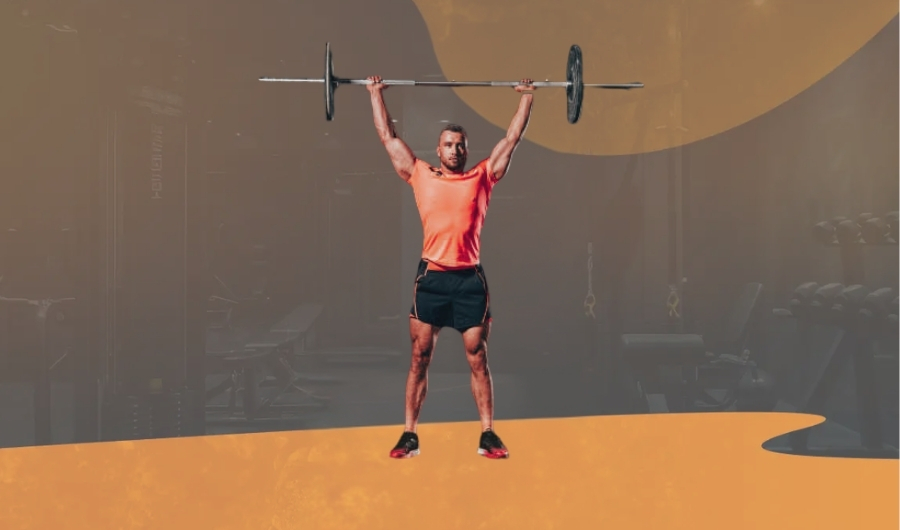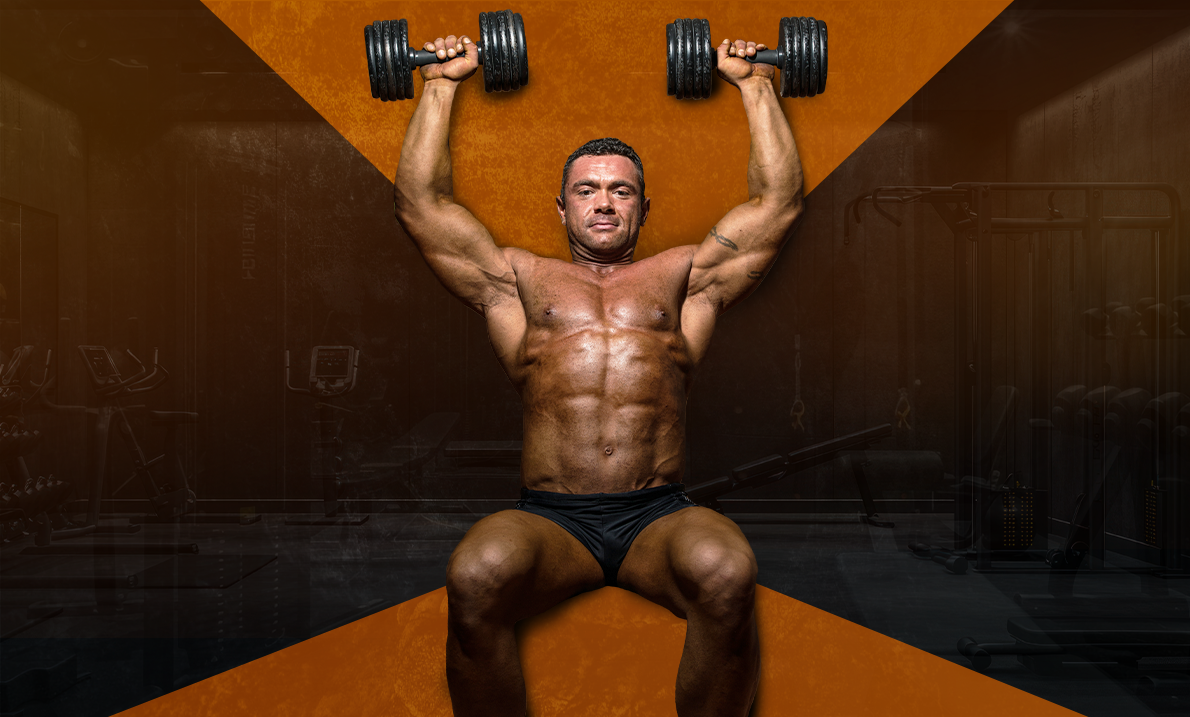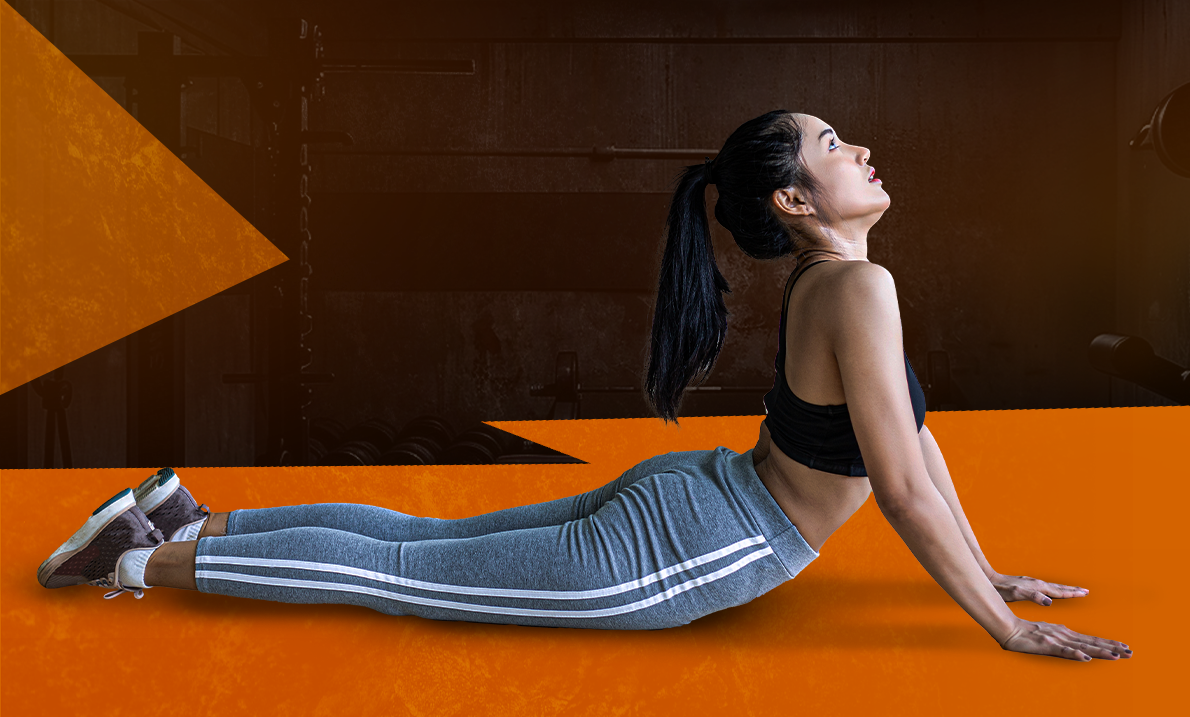Need a moment to reset, breathe, and stretch your back after a long day or intense workout? Enter Child’s Pose (Balasana), a gentle resting yoga posture that calms the nervous system, stretches the spine, and reconnects you to your breath. Whether you’re a beginner or an advanced yogi, this pose is your go-to for grounding, recovery, and relaxation.
MUSCLES WORKED IN CHILD POSE
Though it’s primarily a restorative pose, Child’s Pose still provides a gentle stretch to multiple muscle groups.
Primary Muscles Worked
These muscles do most of the work during the movement:
- Lower Back (Erector Spinae): Stretched and gently released to ease tension.
- Hips and Glutes: Especially the gluteus maximus, which lengthens and decompresses.
- Quadriceps: Relax and lengthen while the knees are folded beneath.
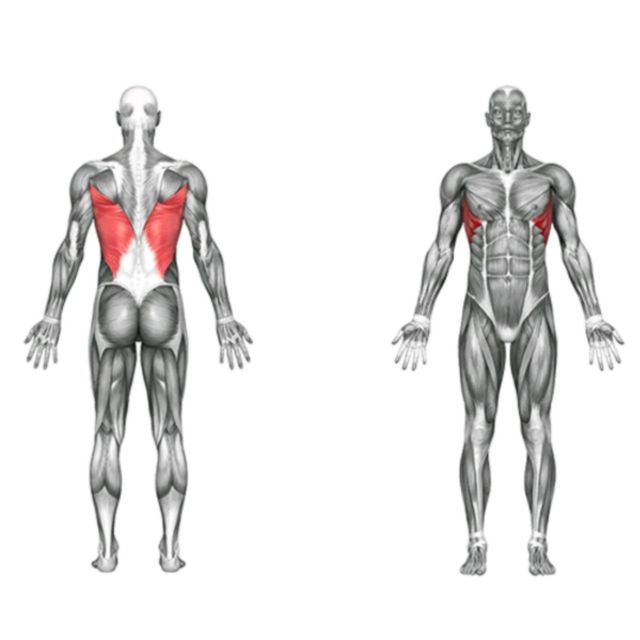
Secondary Muscles Worked
These muscles provide additional support and stability:
- Ankles and Feet: Experience a mild stretch from the tucked position.
- Shoulders: Relax and stretch forward with the arms extended.
- Neck and Spine: Decompressed and aligned through passive positioning.
Key Benefits of Child’s Pose
Don’t let its simplicity fool you. Child’s Pose offers deep restorative value and physical release:
Relieves Lower Back and Hip Tension
Gently stretches the spine and hip muscles for lasting relief.
Calms the Nervous System
Encourages relaxation by promoting mindful, steady breathing.
Improves Flexibility in Spine and Hips
Loosens tight areas through passive, sustained stretching.
Supports Digestion and Breathing
Enhances diaphragmatic breath and gently massages abdominal organs.
How to Do Child’s Pose?
Follow these steps for a restorative and effective Child’s Pose experience:
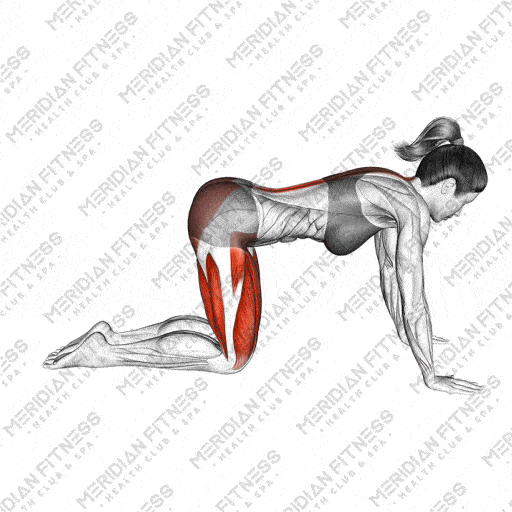
- Kneel on a yoga mat with your big toes touching and knees apart (or together if preferred).
- Sit back onto your heels with your spine upright.
Exhale and fold forward, bringing your torso between your thighs.
Stretch your arms forward, palms down, or relax them by your sides for a gentler variation.
Rest your forehead on the mat and allow your body to completely relax.
Breathe slowly and deeply, holding the pose for 30 seconds to a few minutes.
Common Mistakes to Avoid
To make the most of Child’s Pose, avoid these common missteps:
Lifting the Hips Too High
Allow the buttocks to sink towards the heels to maximise spinal length.
Tension in the Shoulders
Let the arms relax and avoid shrugging.
Forcing the Forehead Down
Use a block or towel under the forehead if it doesn’t comfortably reach the mat.
Holding the Breath
This is a pose for mindful breathing, focus on long, smooth inhales and exhales.
Modifications and Variations for Child’s Pose
Tailor the pose to your comfort level with these helpful tweaks:
Wide-Legged Child’s Pose
Widen the knees to allow deeper hip release and more space for your belly.
Supported Child’s Pose
Place a bolster or cushion under the chest for more comfort.
Side Stretch Child’s Pose
Walk hands to one side while keeping the hips back to target the obliques.
Bringing Arms-Back Variation
Bring your arms behind you, palms up, to release shoulder tension.
Reps and Sets for All Levels
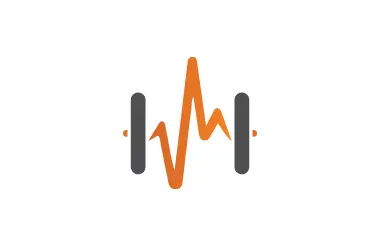
Beginner
Hold for 30 seconds to 1 minute, focusing on breath.
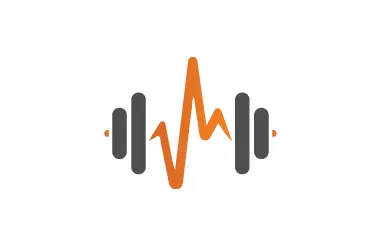
Intermediate
Stay for 2–3 minutes, using it between active poses.
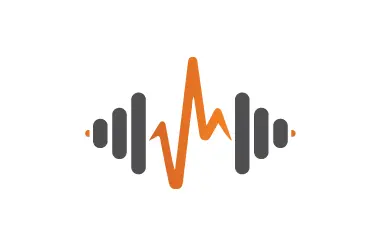
Advanced
Use as a resting posture for 5–10 minutes during meditation or deep relaxation.
Child’s Pose is the perfect antidote to daily tension, grounding, soothing, and effortless. Whether you’re winding down after a long day or pressing pause during a vigorous yoga flow, this posture helps you find your breath, stretch deeply, and come back to yourself.
Time to bow down and breathe in the calm.
Need a moment of calm? Kneel down, fold your torso over your thighs, and stretch your arms forward into the restful embrace of Child’s Pose.
